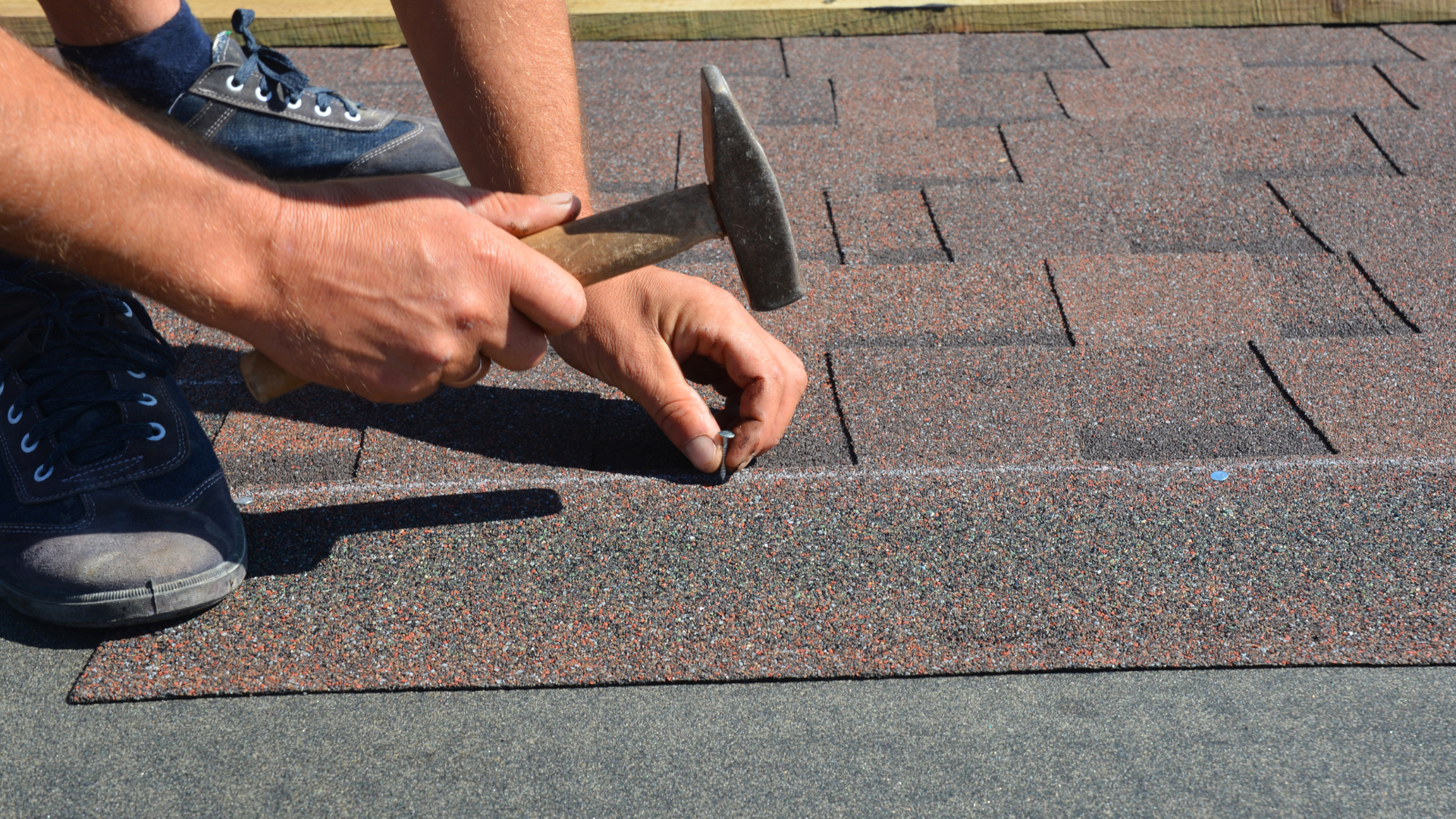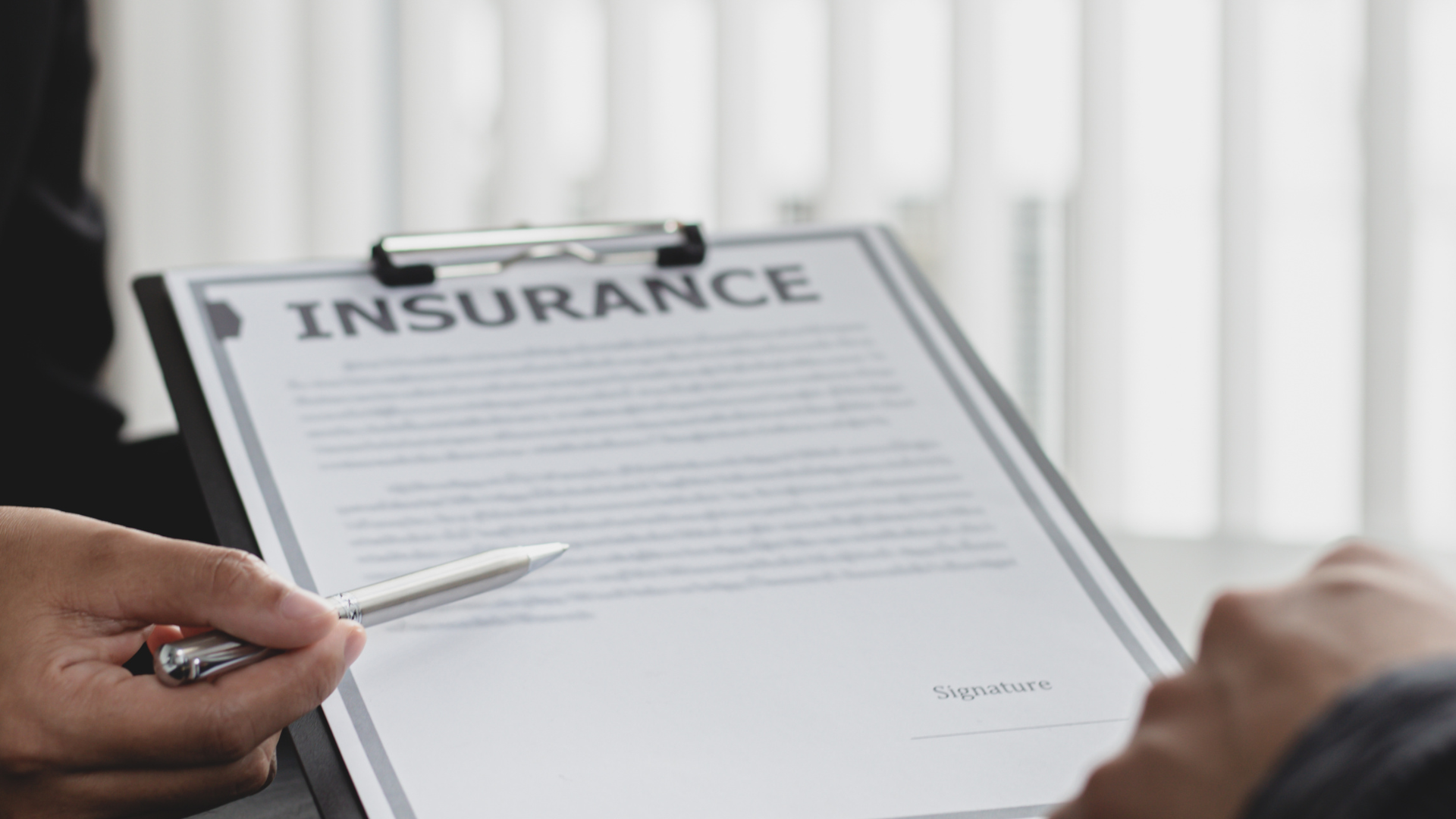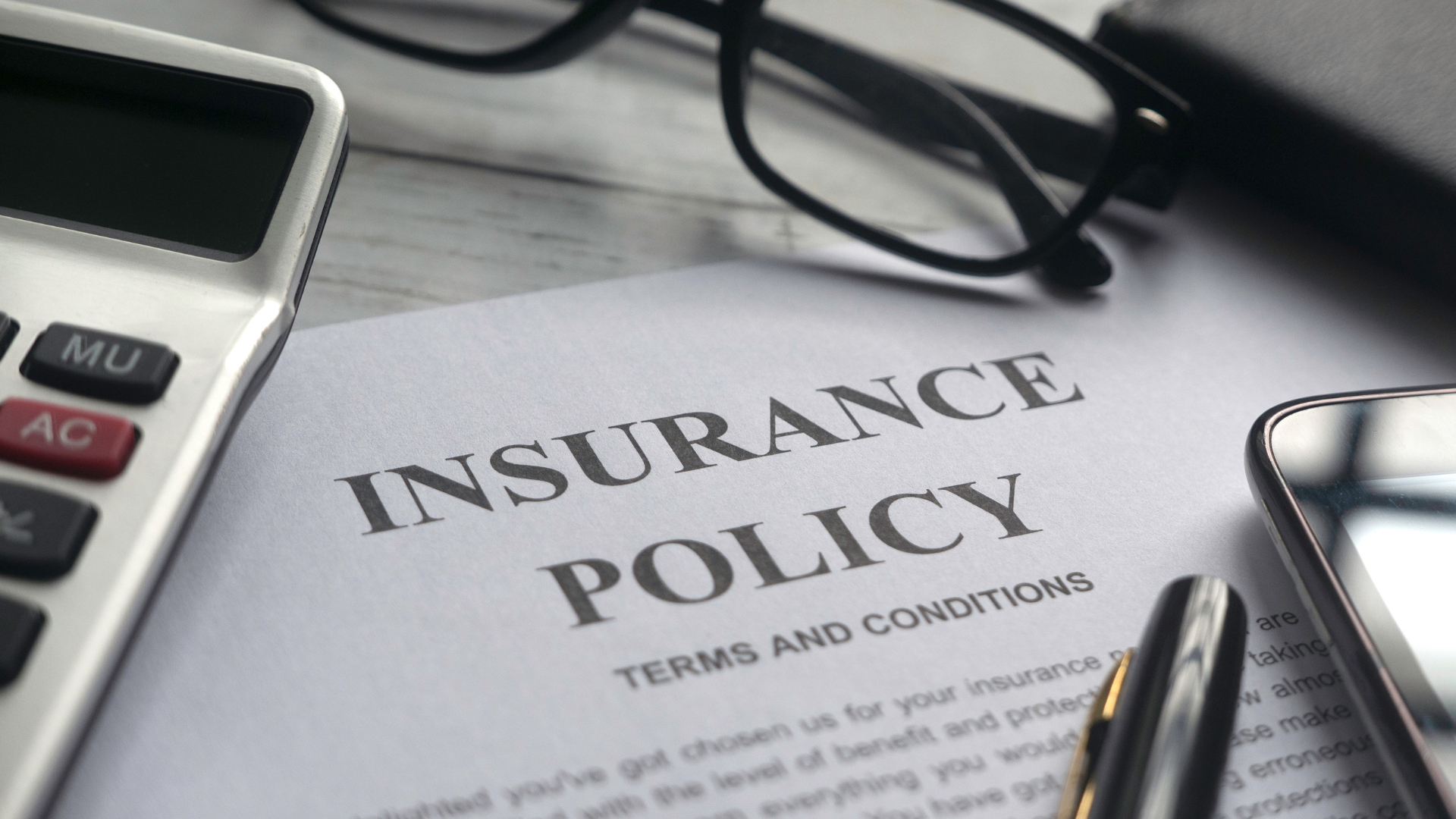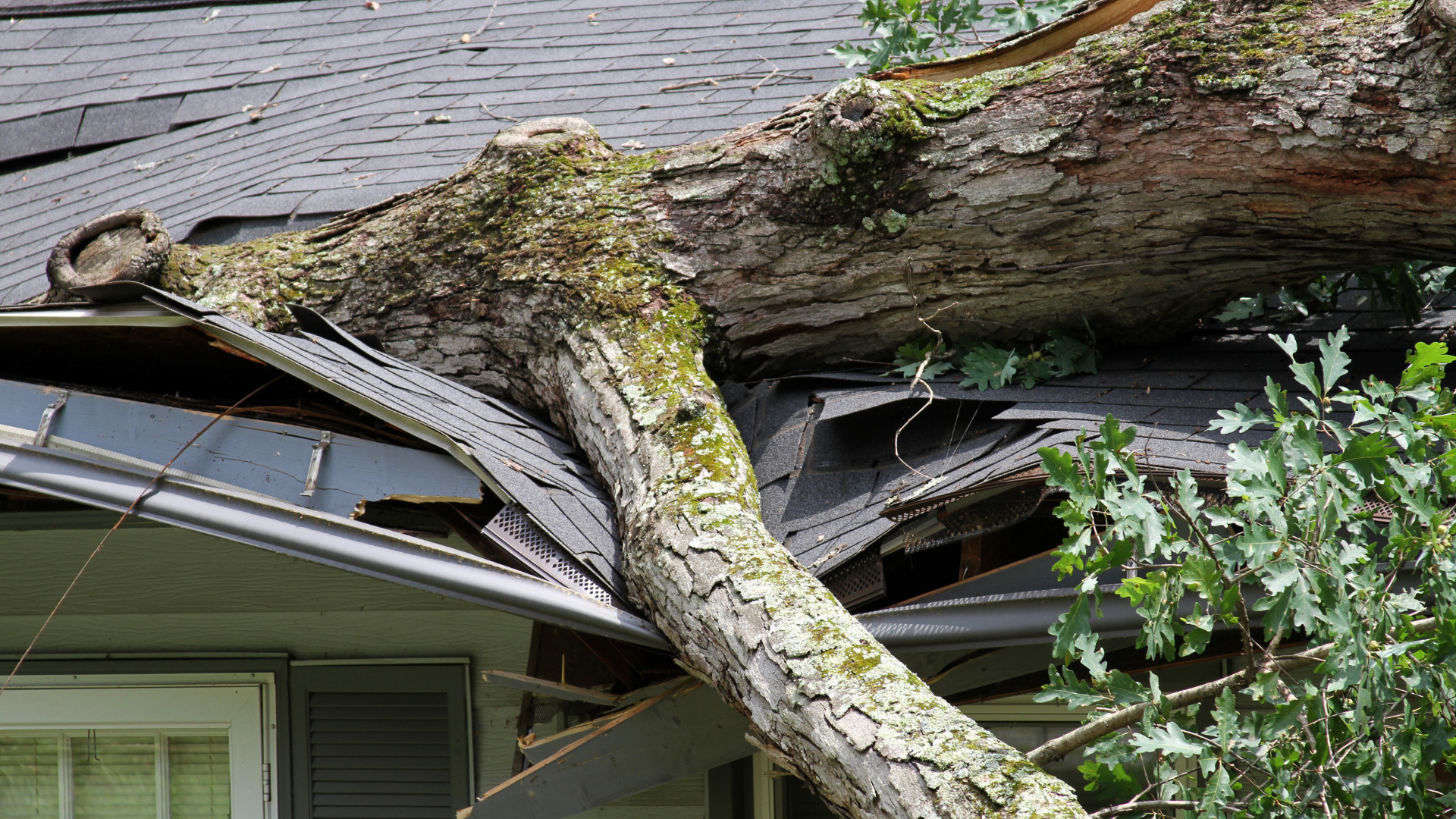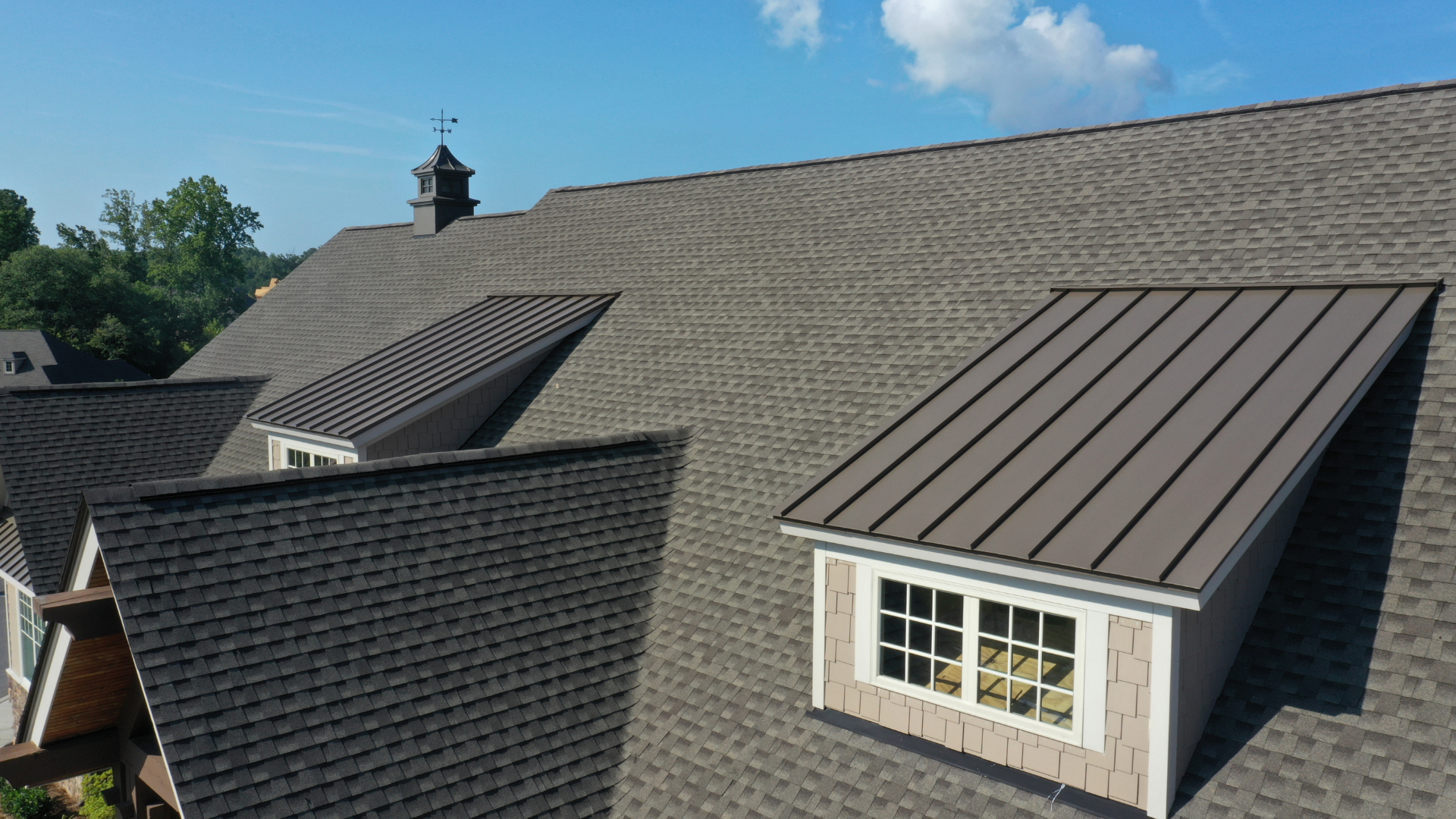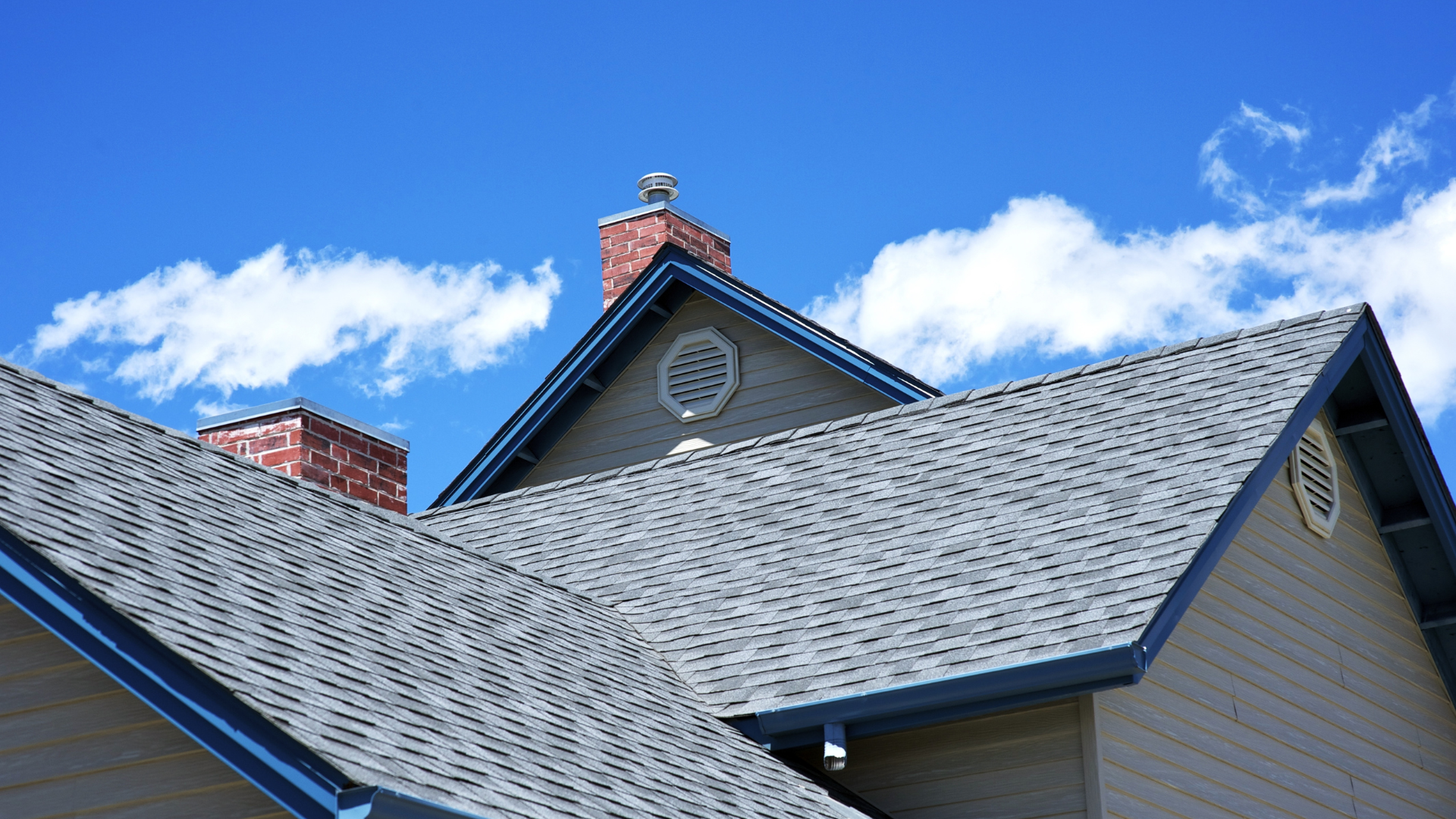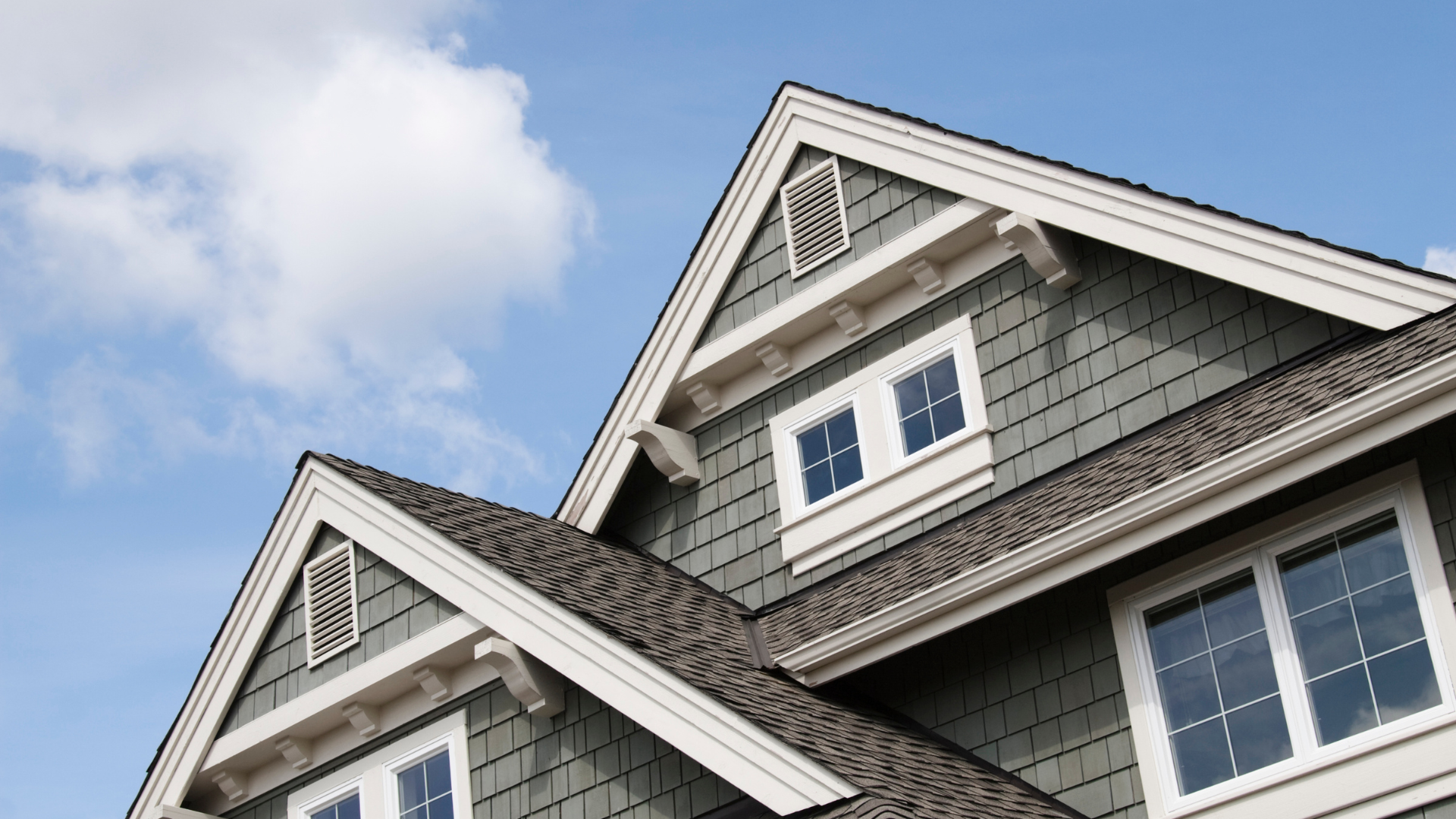Getting Your Free Checklist to Identify Storm Damage
When a strong storm hits, the last thing you want to worry about is whether your roof has suffered damage. Storm damage can sometimes be subtle, making it difficult to assess from the ground. However, catching roof damage early is crucial, as it can prevent further complications and ensure that your insurance claim is filed in time. The good news is that you don’t need to wait for a roofing professional to inspect your roof right away. With our free storm damage checklist, you can quickly determine whether your roof has been affected, giving you the information you need to move forward.
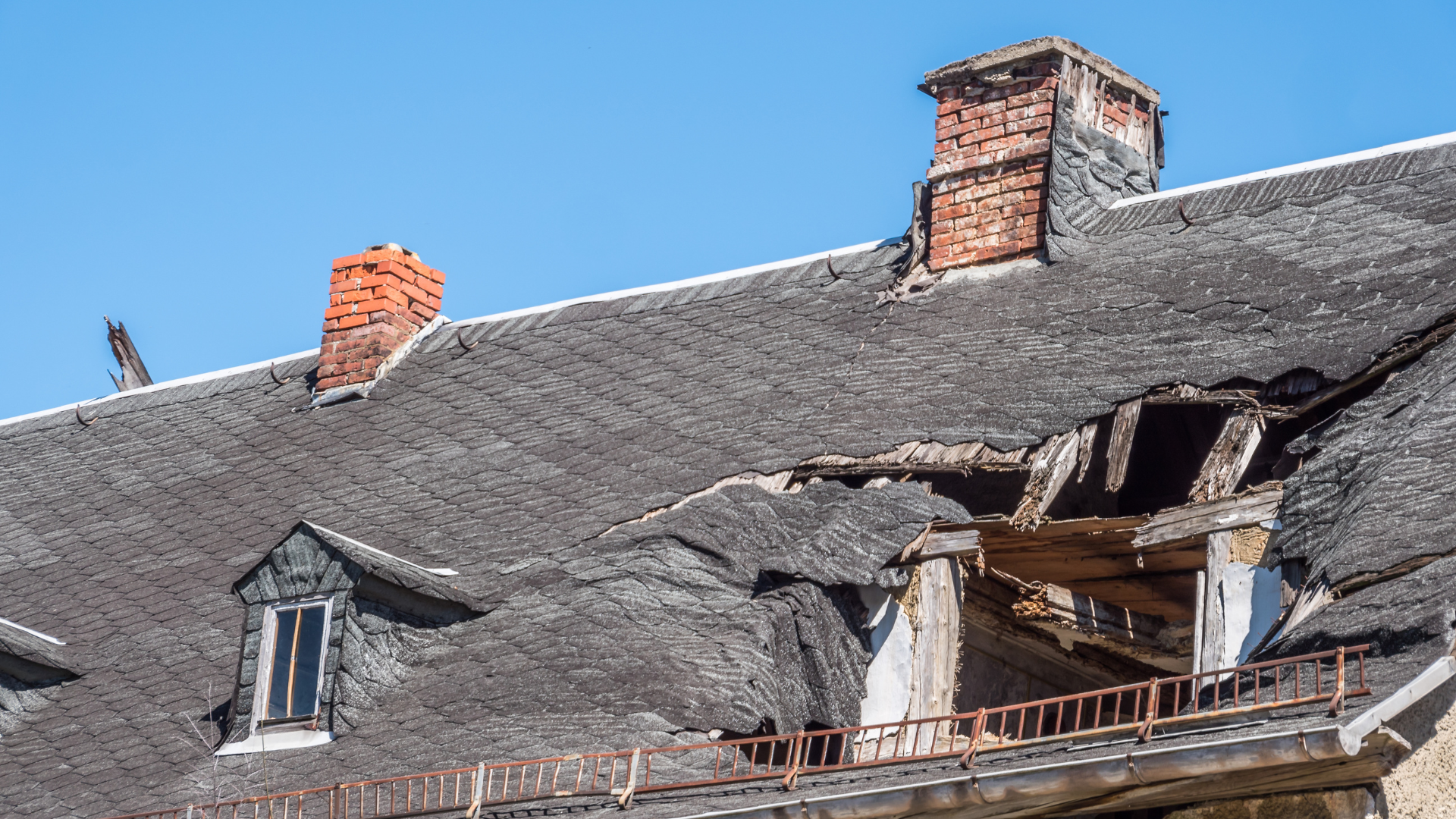
Why It’s Important to Check for Storm Damage Early
As soon as you suspect your roof may have sustained damage after a storm, it’s important to act quickly. Many insurance policies require that you file a claim within a certain time frame after damage occurs. By checking for roof damage early, you can ensure that you don't miss any deadlines and prevent further damage by addressing repairs as soon as possible.
There are obvious signs of damage, such as missing shingles or visible leaks, but some damage can be harder to spot. That's where our storm damage checklist comes in handy. With a simple review, you can identify potential damage without needing to climb up on your roof.
Key Signs of Storm Damage You Should Look For
1. Missing or Damaged Shingles:
The most obvious sign of storm damage is missing or damaged shingles. These can be blown off by high winds, or they might become cracked or lifted. This type of damage can lead to leaks and further roof deterioration if not addressed.
2. Granules in the Gutter:
If you notice an excessive amount of granules from your shingles in the gutter, this can be a sign of significant wear, often caused by hail damage. This is especially important to check after a hailstorm, as hailstones can knock loose granules, which protect the shingles from UV rays and weather damage.
3. Dents or Dings on the Roof or Flashing:
Check your roof's surface and any visible metal flashing for signs of impact, such as dents or dings. These marks can indicate hail damage, which may not always result in immediate leaks but can cause long-term issues if left unchecked.
4. Leaks or Water Stains Inside:
If you notice water stains on your ceiling or walls inside your home, it’s a clear indication that your roof has been compromised. Leaks can occur immediately after a storm, or they may show up days or even weeks later, depending on the extent of the damage.
5. Debris on the Roof:
Another important sign to check for is debris that has settled on the roof. Large branches, leaves, or even parts of other homes can cause damage to your roof when blown onto it. Remove any debris, and inspect the affected areas for damage.
How to Use the Storm Damage Checklist
Our free storm damage checklist is designed to help you assess the damage from the safety of the ground. Here's how it works:
- Step 1: Inspect from the Ground – Start by looking at your roof from a distance. Use binoculars if you have them to get a closer view. Look for any visible damage such as missing shingles, debris, or damage to flashing.
- Step 2: Check the Gutters – Look at your gutters for granules that may have fallen off your shingles. This can indicate significant wear or hail damage.
- Step 3: Look for Water Stains – Check your ceilings and walls for any water stains. If you find any, this could be an indication that your roof is leaking.
- Step 4: Document Any Damage – If you find any of the above issues, make sure to take clear photos. Documentation is crucial when filing an insurance claim.
While this checklist helps you identify potential roof damage, it’s still important to call your insurance company and a professional roofer to get a more thorough assessment. They’ll provide a detailed inspection and help guide you through the claims process.
When to Call Your Insurance Company
Once you've used the checklist and have identified possible storm damage, it’s time to call your insurance company. Even if the damage seems minor, it's always a good idea to file a claim as soon as possible to avoid missing any deadlines. Your insurance provider will send an adjuster to inspect the damage, and they’ll determine how much of the repair or replacement costs will be covered.
Remember, a roofing contractor can help you throughout this process. They’ll work with your insurance company to ensure all damage is covered and that you’re not left with any out-of-pocket expenses for necessary repairs.
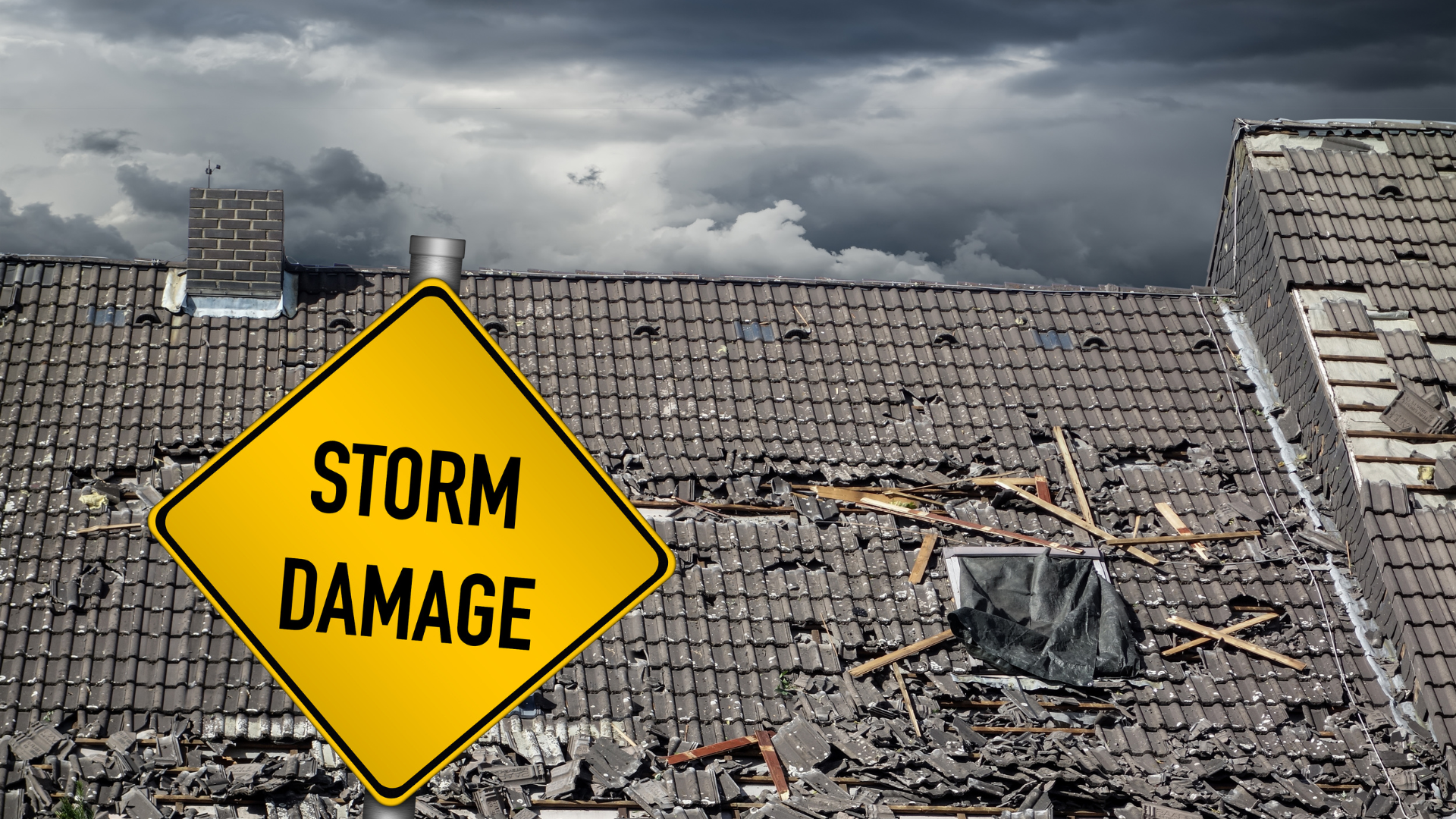
Having a reliable storm damage checklist at your disposal can make all the difference in the early stages of handling roof damage. While you can spot the obvious signs from the ground, a professional inspection is always recommended to ensure that no damage goes unnoticed. If you suspect storm damage to your roof, don’t wait—use our checklist today, and contact your insurance company as soon as possible. With the right steps, you can get your roof back in top condition without unnecessary stress.
